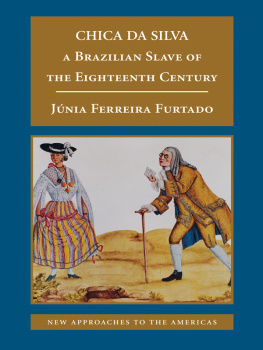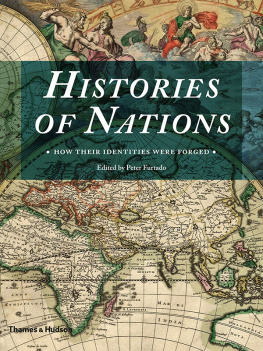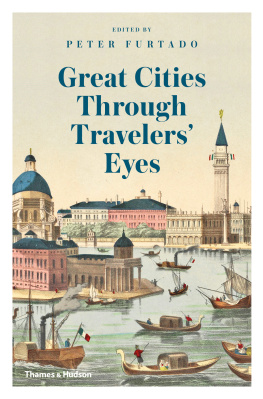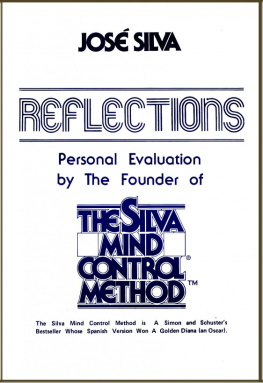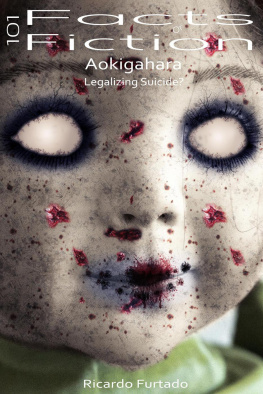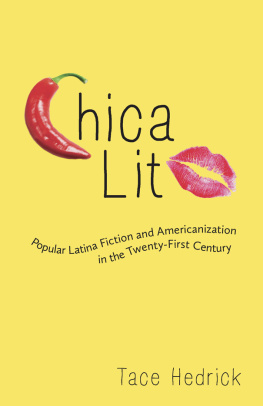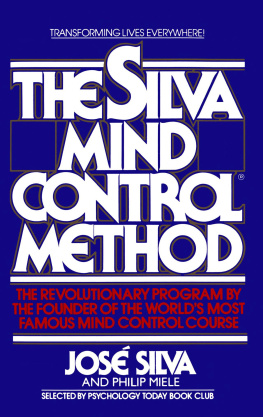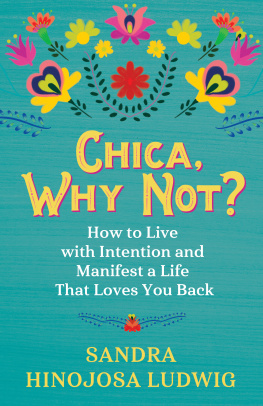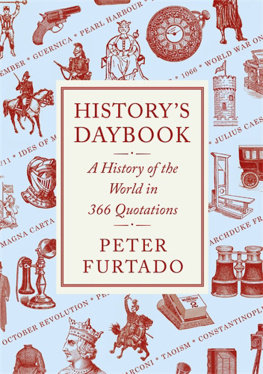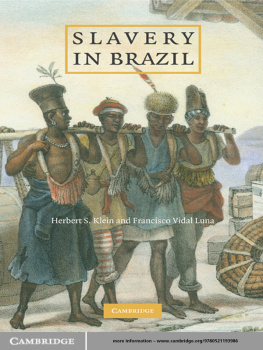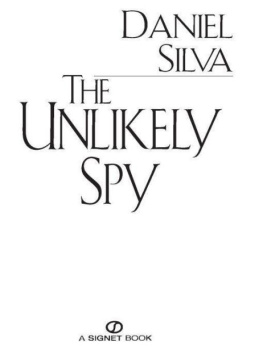Furtado - Chica Da Silva : A Brazilian Slave of the Eighteenth Century
Here you can read online Furtado - Chica Da Silva : A Brazilian Slave of the Eighteenth Century full text of the book (entire story) in english for free. Download pdf and epub, get meaning, cover and reviews about this ebook. year: 2009, publisher: CambridgeUP, genre: Non-fiction. Description of the work, (preface) as well as reviews are available. Best literature library LitArk.com created for fans of good reading and offers a wide selection of genres:
Romance novel
Science fiction
Adventure
Detective
Science
History
Home and family
Prose
Art
Politics
Computer
Non-fiction
Religion
Business
Children
Humor
Choose a favorite category and find really read worthwhile books. Enjoy immersion in the world of imagination, feel the emotions of the characters or learn something new for yourself, make an fascinating discovery.
- Book:Chica Da Silva : A Brazilian Slave of the Eighteenth Century
- Author:
- Publisher:CambridgeUP
- Genre:
- Year:2009
- Rating:4 / 5
- Favourites:Add to favourites
- Your mark:
- 80
- 1
- 2
- 3
- 4
- 5
Chica Da Silva : A Brazilian Slave of the Eighteenth Century: summary, description and annotation
We offer to read an annotation, description, summary or preface (depends on what the author of the book "Chica Da Silva : A Brazilian Slave of the Eighteenth Century" wrote himself). If you haven't found the necessary information about the book — write in the comments, we will try to find it.
Furtado: author's other books
Who wrote Chica Da Silva : A Brazilian Slave of the Eighteenth Century? Find out the surname, the name of the author of the book and a list of all author's works by series.
Chica Da Silva : A Brazilian Slave of the Eighteenth Century — read online for free the complete book (whole text) full work
Below is the text of the book, divided by pages. System saving the place of the last page read, allows you to conveniently read the book "Chica Da Silva : A Brazilian Slave of the Eighteenth Century" online for free, without having to search again every time where you left off. Put a bookmark, and you can go to the page where you finished reading at any time.
Font size:
Interval:
Bookmark:
AAPAH | Arquivo e Acervo Particular Assis Horta |
ACO | Arquivo da Casa dos Ottoni |
ACS | Arquivo da Casa Setecentista |
AEAD | Arquivo Eclesistico da Arquidiocese de Diamantina |
AEAM | Arquivo Eclesistico da Arquidiocese de Mariana |
AFS | Arquivo do Frum do Serro |
AHCMM | Arquivo Histrico da Cmara Municipal de Mariana |
AHTCL | Arquivo Histrico do Tribunal de Contas de Lisboa |
AHU | Arquivo Histrico Ultramarino |
AMU | Arquivo de Marinha e Ultramar |
AN | Arquivo Nacional |
ANTT | Arquivo Nacional da Torre do Tombo |
APM | Arquivo Pblico Mineiro |
ARM | Arquivo do Recolhimento de Macabas |
AUC | Arquivo da Universidade de Coimbra |
BAT | Biblioteca Antnio Torres |
BNL | Biblioteca Nacional de Lisboa |
FBN | Fundao Biblioteca Nacional Rio de Janeiro |
INSC | Igreja de Nossa Senhora do Carmo Diamantina |
Iphan/BH | Arquivo do Instituto do Patrimnio Histrico e Artstico Nacional/Belo Horizonte |
Iphan/RJ | Arquivo do Instituto do Patrimnio Histrico e Artstico Nacional/Rio de Janeiro |
MO/CBG | Museu do Ouro/Casa Borba Gato |
AHU/MAMG | Manuscritos Avulsos de Minas Gerais. Fundo do Arquivo Histrico Ultramarino |
APM/SC | Seo Colonial. Fundo do Arquivo Pblico Mineiro |
HSJ/TFP | Testamentaria de Francisco Pinheiro. Fundo do Hospital So Jos |
Before starting this book I had always believed that research work was, first and foremost, an essentially solitary undertaking that locked the researcher away in archives, libraries, or in an office in front of a computer screen. In reality, researching the life of Chica da Silva was a task shared with friends, historians, colleagues, students, family, staff, and many others who helped me reassemble the intricate web that was the life of this eighteenth-century woman. Thanking them all is a little like retracing the steps of the research that lies hidden behind this work.
First of all, I extend my gratitude to Virgnia dos Santos Mendes, whose friendship and academic companionship unwittingly set me on the course of this research. It was through her efforts to construct the Centro de Memria Cultural do Vale do Jequitinhonha (Jequitinhonha Valley Cultural Memory Center), and those of our colleagues and friends at the History Department of the Faculty of Philosophy of Diamantina (Fafidia)/Universidade Federal de Minas Gerais (UFMG), that this project began to take shape. It is to Virgnia, Neusa Fernandes, Mariuth Santos, Kiko (Paulo Francisco Flecha Alkimin), James William Goodwin Jr., Toninho (Antnio Carlos Fernandes), Marcos Lobato, and Dayse Lcide Silva, companions on those lawless Diamantinian Mondays, that I dedicate this book. Our efforts to make the center a reality, a forum, and an instrument for historical research in the region would not have been possible without the support of the UFMG rector, Professor Alusio Pimenta, and of the pro-rector of extended studies, Professor Eduardo Andrade Santa Ceclia.
The establishment of the UFMG Extended Studies Center in the Jequitinhonha Valley, of which this project also came to be a part, furnished the interinstitutional partnerships, resources, and infra-structure that were indispensable in conducting this research. I would like to give special thanks to the research pro-rector, Professor Paulo Beiro, and the pro-rector for extended studies, Professor Evandro Jos Lemos da Cunha. To the tireless Marizinha Nogueira, without whom the center would be mere abstraction, I extend my special thanks, as well as to all of the colleagues who partake of this privileged space of academic integration at the UFMG.
At certain moments and stages I was able to draw upon financial assistance from research support agencies, which helped fund the hiring of scholarship students, the research trips, the purchase of material, and the reproduction of documents. I would like to thank Fapemig Fundao de Amparo Pesquisa do Estado de Minas Gerais (Research Support Foundation of Minas Gerais) for being the first institution to concede funding through its support for the Jequitinhonha Valley Cultural Memory Center; the Ford Foundation/Carlos Chagas Foundation for selecting the project as one of the prize winners at the VIII Concurso de Dotaes para a Pesquisa sobre Mulheres (VIII Prize Competition for the Funding of Research on Women) in 1999; Finep Financiadora de Estudos e Projetos (Financer of Studies and Projects) another institution whose funding came through the UFMG Jequitinhonha Valley Cultural Memory Center; and the Fundep Fundao de Desenvolvimento da Pesquisa (Research Development Foundation) Fund for Research and Integrated Projects for the support channeled to the project A riqueza e a pobreza do vale do Jequitinhonha (Wealth and poverty in the Jequitinhonha Valley) on its behalf by the UFMG Pro-Rectory for Post-Graduation. Coordinated by Professor Ralfo Matos, the research on Chica da Silva and the freedwomen of Tejuco came under this umbrella project as a subproject.
With the financial support of these institutions it was possible to recruit various scholarship holders to help me sift through records. I would especially like to thank Lgia Ftima de Carvalho, Maria Anglica Alves Pereira, Renato de Carvalho Ribeiro, Maria Jos Ferro de Sousa, and Maria Eugnia Ribeiro Pinto.
The search for documents that could in some way reconstruct the life of Chica da Silva took me on a tireless tour of archives and libraries both in Brazil and abroad, institutions in which I always found helpful and attentive staff who made the distances, costs, and difficulties of the enormous task I had set myself that much smaller. In Diamantina, I thank Til Pestana, director of the regions Iphan Instituto de Patrimnio Histrico e Artstico Nacional (Institute of National Historical and Artistic Heritage) who gave me and my interns free run of the Antnio Torres Library and opened up the documentation on the House of the Ottoni at a time when it was undergoing restoration. I am also grateful to staff member Denise Alves Ferreira for all the attention she dispensed.
An important portion of this research was done at the Ecclesiastical Archive of the Archdiocese of Diamantina; I extend my sincerest thanks to the Bishops Geraldo Magela Reis and Paulo Lopes de Faria, who franchised my access to the archive, where, contrary to the rules of the house, I was providentially forgotten until late at night. I also thank staff member Dbora Maria Braga Reis, who spared no effort to make the work of transcribing the documentation that much easier.
In Portugal, I would like to thank my good friend Tiago Pinto dos Reis Miranda, who volunteered to set up a visit to the former house of the contractor Joo Fernandes de Oliveira, and to the Fundao Luso-Americana para o Desenvolvimento (Luso-American Development Foundation), the current proprietor of the building, for granting access to the house and permission to photograph its interior. With Tiago I passed unforgettable afternoons wandering through the streets of Lisbon on veritable immersions in the history of this marvelous city. At the Arquivo Histrico Ultramarino (Overseas Historical Archive), Dr. Jos Sintra Martinheira made the institutions cartography of Diamantina and Tejuco promptly and swiftly available.
Font size:
Interval:
Bookmark:
Similar books «Chica Da Silva : A Brazilian Slave of the Eighteenth Century»
Look at similar books to Chica Da Silva : A Brazilian Slave of the Eighteenth Century. We have selected literature similar in name and meaning in the hope of providing readers with more options to find new, interesting, not yet read works.
Discussion, reviews of the book Chica Da Silva : A Brazilian Slave of the Eighteenth Century and just readers' own opinions. Leave your comments, write what you think about the work, its meaning or the main characters. Specify what exactly you liked and what you didn't like, and why you think so.

